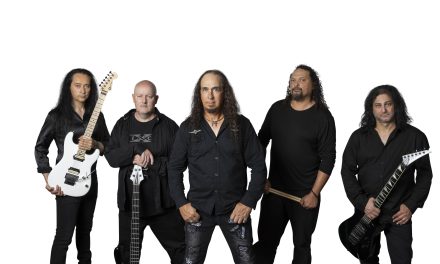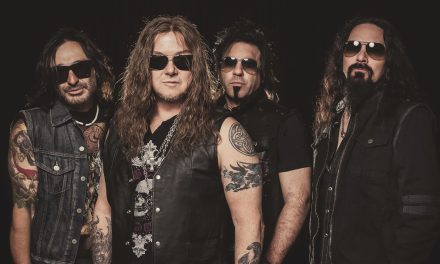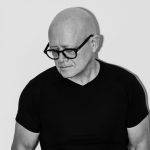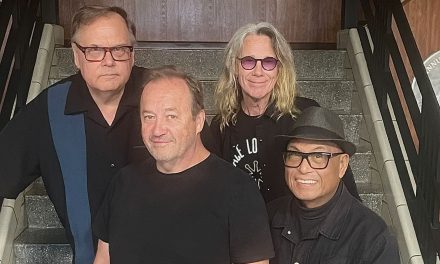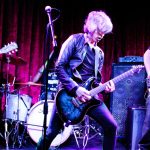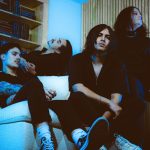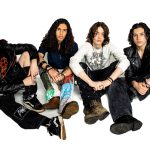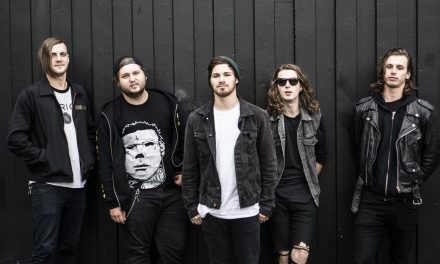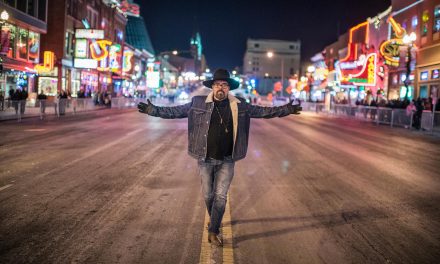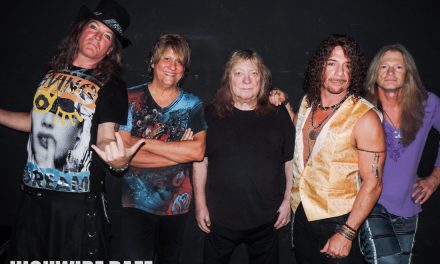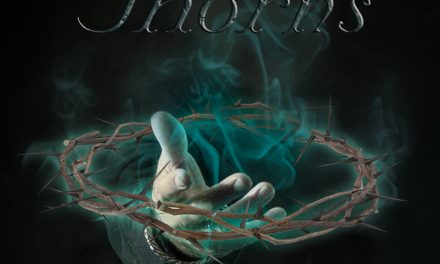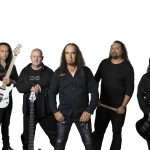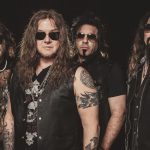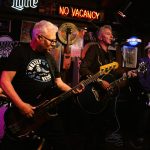![Power Metal Masters INSANIA Announce New Album “THE GREAT APOCALYPSE” [Frontiers Music SRL]](https://highwiredaze.b-cdn.net/wp-content/uploads/2025/04/insania1-150x150.jpg)
The Sun, The Moon and Laraaji: Grand Piano Works for These Pandemic Days and Beyond
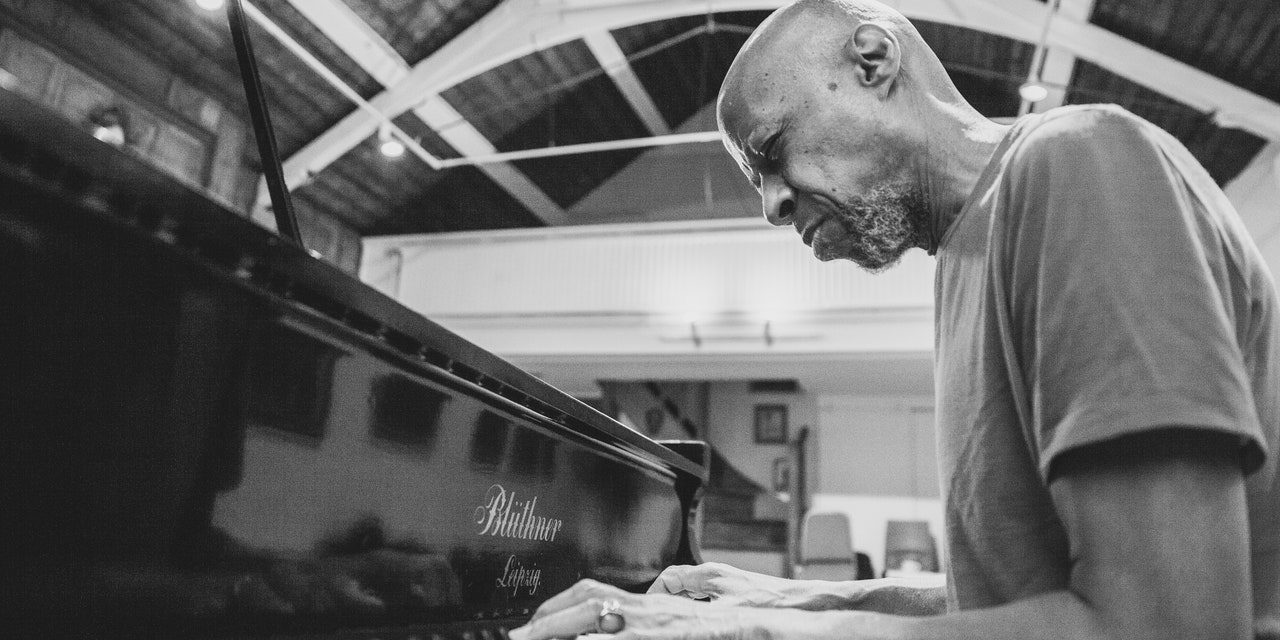
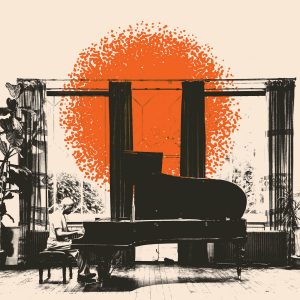
Sun Piano
The Sun, The Moon and Laraaji: Grand Piano Works for These Pandemic Days and Beyond
Laraaji is best known for his 1980 landmark album Ambient 3: Day of Radiance, which was produced by legendary ambient composer Brian Eno (who discovered Laraaji playing in Washington Square Park and asked him to record an album as part of Eno’s famed “ambient” album series). In addition to the iconic collaborative work with Brian Eno, Laraaji has amassed an epic amount of recordings – his latest being Sun Piano and Moon Piano – parts 1 & 2 of an eventually trilogy now available through All Saints Records. Instead of playing the zither, Laraaji moves over to the piano, and the results are absolutely breathtaking. In this interview, Laraaji discusses his latest recordings featuring a grand piano at a local church in Brooklyn, his Laughter Meditation Workshops, as well how he met Brian Eno and making of Ambient 3: Day of Radiance. Read on…
So, let us talk about the new album Sun Piano. Is there any overall story or concept behind the Sun Piano title? And what made you decide to do an album of piano?
Well, I have always loved the piano. It is my major instrument. I just had not committed to making it a touring instrument. although pianos have showed up along the tour and I have taken the liberty to include it in my concert performance. One of these kinds of performances was recorded with the piano included. Matthew Jones at Warp Records, heard that concert and the performance on the piano led him to suggest that I do an album of piano music. We called it Sun Piano because it is sort of like in a series of albums with the name Sun, because Sun is one of my inspirational models in nature.
So for this album, what were some of the Inspirations behind these lovely piano pieces?
They were all spontaneous almost like pulling music from the sky and it is sort of pre-associating both with the sound of the piano and its impact on the church space were I was playing. Where also I constantly live with inside of a conscious practice of involving my intuitive imagination of spirit or the omniversal space, so I am interacting consciously with church, with this luscious grand piano and within a sense of timeless Omni dimensional space.
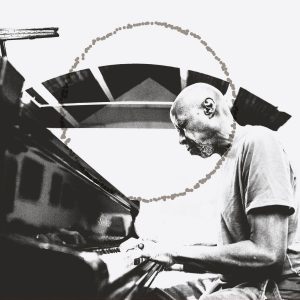
Moon Piano
Tell me about the video for This Too Shall Pass, and where it was shot and the inspiration behind the video on that song.
This Too Shall Pass, was the name given to that track after it was channeled – afterwards improvised. But This Too Shall Pass is the confluence of my underlying understanding of the age we’re going through right now. A foundation of equilibrium that is silently watching as the world unfolds, knowing that everything that we think as drama is really passing. Maybe it is not passing fast enough, but This Too Shall Pass. It is also a phrase in the Bible, I believe. The video was all done in and around the church outside and in the area of the church.
So, what did Jeff Zeigler (Kurt Vile, The War On Drugs, Mary Lattimore) contribute to the overall recording process? I know this is not the first time you have worked with him.
Yes, we have work with him in performance situations and in a recording situation with Dallas Acid. He was the chief recording engineer for this project and for mixing it into segments. And then passing it on to Christian Havins of Dallas Acid to do further editing. But Jeff Zeigler, he brought all the portable equipment into the church, set it up, placed the mics in perfect creative interesting situations, and allowed me to create and spontaneously improvise and channel this new music for two days.
I did not know you recorded the entire album in the church. What a great setting to record instead of just like the traditional recording studio.
Yes, and that setting comes out very wonderfully, poetically clear when listening on headphones.
What has it been like to to release new music in the middle of a worldwide pandemic and all the social unrest in the world?
It’s a sort of an empowering feeling that I guess everyone who has a heart and has conscious, they are saying, “Wow. What can I do? What is a solution? Where do I fit in to make this better?” And my ability to offer music and laughter is one way that I feel I can offer where I can make a contribution into the mainstream of today’s social and political and spiritual unfolding. That I feel my music has an international market now and it will be heard by those who can appreciate its peacifying and harmonizing impact from the listener.
And of course, here come a few Brian Eno questions. First of all, how did you meet Brian Eno, and what were your first impressions of him? Were you even familiar with his music at the time?
I was not familiar with his music. But a month before we made our acquaintance, some friends in Washington Square Park in Greenwich Village who are listening to my music one night, after my performance approached me and invited me home for dinner and they were talking on the subject of Fripp & Eno. At first I had no idea what they were talking about. And then they broke it down to Robert Fripp and Brian Eno. And their feeling was that my performance style, my music told them that I might be interested in hearing what Fripp & Eno are doing. So about a month later, I am playing music at the same area, the Northeast corner of Washington Square Park. One night after finishing up a nice lovely eyes closed concert, there was a message on a piece of scrap paper from a very elegant scrapbook. A message from Brian Eno saying, “Please sir, excuse this impromptu piece of paper, but I was interested in you, if you wouldn’t mind talking to me about participating in recording project.” Signed, Brian Eno. And I thought how coincidental?
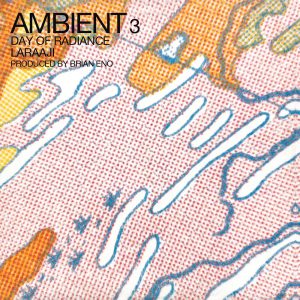
He invited me to go into a studio in the village and record the electric zither with an intention to keep it in the realm of an ambient listening experience. And it was the first time anyone had talked to me that way. Although I think my music tended to go in that direction, he was sort of asking me to be more conscious and keep it in that direction for the recording project. So we went into a studio in Greenwich Village on Green Street and recorded the hammered zither work that he was familiar with and also the softer ethereal meditation work of which he was not familiar. It turned out that the up-tempo hammered zither dance tracks work fine and perfect, but the meditative zithers were too soft to be recorded in that location, as machine noises were leaking over from other parts of that warehouse building. So six months later, we finish the entire album by recording in another studio more sensitive to the levels of which I do the meditative side of Day Of Radiance. And then eventually it was released.
When you look back on Ambient 3: Day of Radiance, what do you think of it now?
Well, it is really hard to look back on it when I am playing it because it brings me right into the present moment again, and again and again. I listen to it as music that was not just given through me but was given to me. Each time I listen to it, I feel I receive a gift. I think it is luscious, special, energetic, trancey – and I enjoy it so much and I enjoy the comments that people still give me from it. Even people who grew up on it, tell me how they experienced it when they first heard it. So when I listen back to it, I have always enjoyed it. It brings up images that I enjoy being with of dancers of Scenic locations and of ideally idealistic visions of the emotional states that we as a Human Society could arise to.
Do you still keep in touch with Brian Eno?
Yes. At least once a year, we have some exchange or interchange. Last time I saw him personally, he treated myself and my traveling partner to a gallery in London that was exhibiting his Light and Sound Works. This was about a year and a half ago.
Tell me about your Laughter Meditation Workshops. And do you still conduct those today?
I do so, Ken. Even as I am in a lockdown, I have been doing a few on Zoom and other formats. I still do them and what they are. I would have people open up with some call response singing, then I would explain the health benefits of laughter and that heavy laughter would be fifteen minutes a day and I will show you some exercises by which you can jump-start your laughter without depending on a comedian.
We would get into these exercises first by exploring our sense of playfulness so that we can get it to a child-like spontaneity and play with these exercises from that understanding. And then that way there is more laughter and we go through about six exercises of laughing inwardly to stimulate the head, the throat, the chest, the heart, the abdominal organs to release from the lungs. And even we rehearse something called a Therapeutic Smile, so that you get a total positive psychological workout with these exercises.
After the exercises, the participants lay down on a mat maybe with a blindfold, and they are invited to improvise their own laughter release using their memory of these exercises as a model for how they might want to wake up some morning or for seven mornings in a row. They remain in a laughter meditation for fifteen minutes. After they have explored this laughter improvisation, they are invited to be still and like in a yoga posture of Shavasana, to just let these waves of inner peace and tranquility wash over them. Now that they have relaxed themselves from the busy mind and from a tense body and from a tense breath mode to enjoy a meditation – as I or I and a partner will move around the room and invite tones from various general instruments to mirror the deep relaxation.
After this period, the participants are guided back into the room into the body with a Happy Foot song to be sure that everyone is grounded in present time and grounded in the body, and we close with some toning or chanting before people go off into their very lives.
Nice, this is something everybody needs during lockdown for sure. What is up next for you? Are you working on any other projects at the moment?
Let’s see. Gosh, we are just finished a laughter video for Nike. Quite a few more interviews to go, but there is no touring coming up. I am trying to re-booked future dates for me. Brazil is one of them in 2021, and the release of the second and third parts of this album release – there are three parts to it. Sun Piano, Moon Piano comes up around September and then Through Luminous Eyes comes around October or so.
And do you have any messages for your fans who are reading this right now?
Yes, find your language, find your ritual, find your bliss and live it.
(Interview by Ken Morton)
Laraaji Official Home Page

